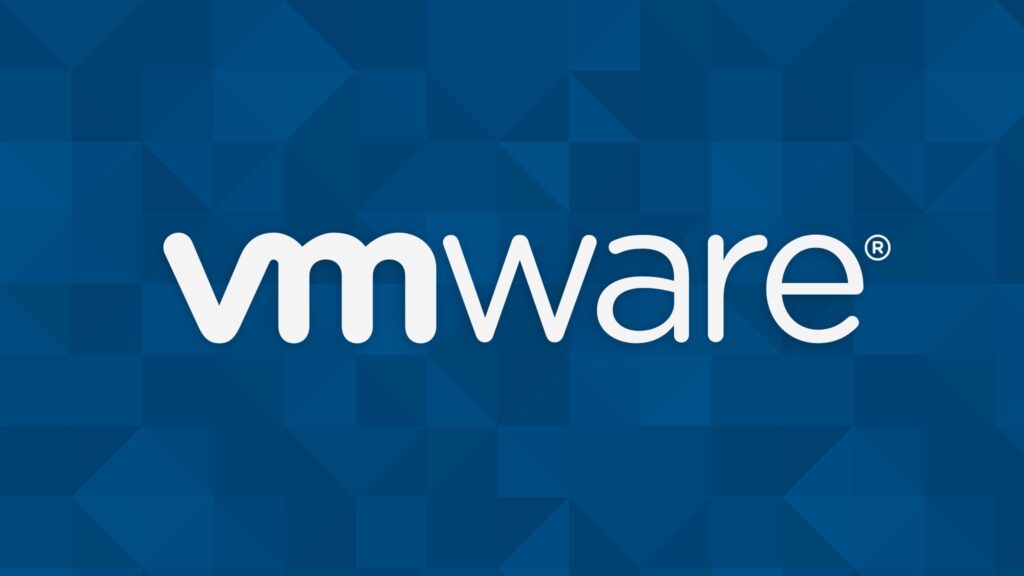Virtualization technology plays a pivotal role in today’s complex business environments, offering innovative solutions to streamline operations and optimize resources. Among the trailblazers in this domain is VMware, which provides robust virtualization solutions tailored to meet the diverse needs of enterprises. This article explores the essence of VMware, elucidating its functionality, significance, and profound impact on modern businesses.
Why VMware Matters
VMware revolutionizes the IT landscape by minimizing reliance on physical hardware, thus reducing infrastructure costs while enhancing scalability and flexibility. Its ability to abstract hardware resources and provision virtual machines empowers businesses to adapt swiftly to changing demands, ensuring operational efficiency and resilience. Moreover, VMware’s ability to support multiple operating systems and applications on a single physical machine means that businesses can maximize their existing hardware investments without the need for constant upgrades. This ability to run various systems concurrently on the same hardware also contributes to disaster recovery efforts, as virtual machines can be easily moved or copied across different physical machines to avoid downtime.
Furthermore, VMware’s integration with cloud computing extends its significance in business operations. By enabling the seamless migration of virtual machines to the cloud, businesses can scale their IT infrastructure dynamically according to their operational needs. This flexibility is particularly important in today’s rapidly changing market environment, where the ability to scale up or down quickly can provide a competitive edge.
How It Works
At its core, VMware operates by creating virtual instances of computing environments known as virtual machines (VMs), which run independently of physical hardware. These VMs encapsulate operating systems, applications, and associated configurations, enabling seamless migration, efficient resource allocation, and simplified management. The hypervisor, a key component of VMware’s architecture, allows multiple VMs to run on a single physical machine by abstracting the hardware resources and distributing them among the VMs. This abstraction not only maximizes the utilization of physical resources but also provides a layer of security and isolation between VMs.
Moreover, VMware’s management tools, such as vSphere and vCenter Server, provide a centralized platform for managing and monitoring VMs. These tools allow IT administrators to create, configure, and monitor VMs from a single interface, making it easier to manage large virtual environments. Advanced features such as automated provisioning, load balancing, and high availability ensure that VMs are always performing optimally, even during peak usage times or hardware failures.

Understanding Its Structures
VMware comprises a suite of virtualization software, including hypervisors, management tools, and auxiliary components, all orchestrated to deliver a comprehensive virtualization platform. The hypervisor layer serves as the foundation, facilitating the creation and management of VMs, while management tools offer centralized control and monitoring capabilities. VMware’s architecture is designed to be modular and scalable, allowing businesses to start with a small deployment and expand as needed. This scalability is crucial for businesses that anticipate growth or fluctuations in their IT needs.
Additionally, VMware’s virtual networking and storage solutions integrate seamlessly with existing IT infrastructure, providing businesses with the flexibility to build a virtual environment that meets their specific needs. Whether it’s creating isolated networks for testing purposes or integrating with existing storage arrays for data redundancy, VMware provides the tools necessary to build a robust virtual environment. Furthermore, VMware’s support for a wide range of hardware and software platforms ensures compatibility with most enterprise environments, reducing the complexity and cost of deploying a virtualization solution.
Significance in Business
The adoption of VMware translates into tangible benefits for businesses, ranging from cost savings and resource optimization to enhanced security and disaster recovery capabilities. By leveraging virtualization, organizations can achieve higher levels of agility, innovation, and competitiveness, thereby driving growth and sustainability in today’s dynamic marketplace. VMware’s ability to provide a consistent virtual platform across different hardware and cloud environments ensures that businesses can maintain continuity and efficiency, regardless of where their workloads are running.
Moreover, VMware’s integration with cloud platforms enables businesses to adopt a hybrid cloud strategy, where workloads can be seamlessly moved between on-premises data centers and the cloud. This flexibility allows businesses to optimize their IT spending by running workloads in the most cost-effective environment, whether it’s on-premises or in the cloud. Additionally, VMware’s advanced security features, such as encryption and micro-segmentation, help businesses protect their data and applications from potential threats, ensuring compliance with industry regulations and standards.
Conclusion
In conclusion, VMware stands as a catalyst for digital transformation, empowering businesses to unleash the full potential of virtualization. Its innovative solutions not only streamline IT operations but also foster resilience, scalability, and agility, enabling organizations to navigate the complexities of the modern business landscape with confidence and efficiency. Embracing VMware represents a strategic imperative for enterprises aspiring to thrive in an era defined by rapid technological evolution and ever-changing market dynamics. As businesses continue to adopt and integrate VMware’s virtualization technology, they position themselves to achieve long-term success and sustainability in a competitive global market.




